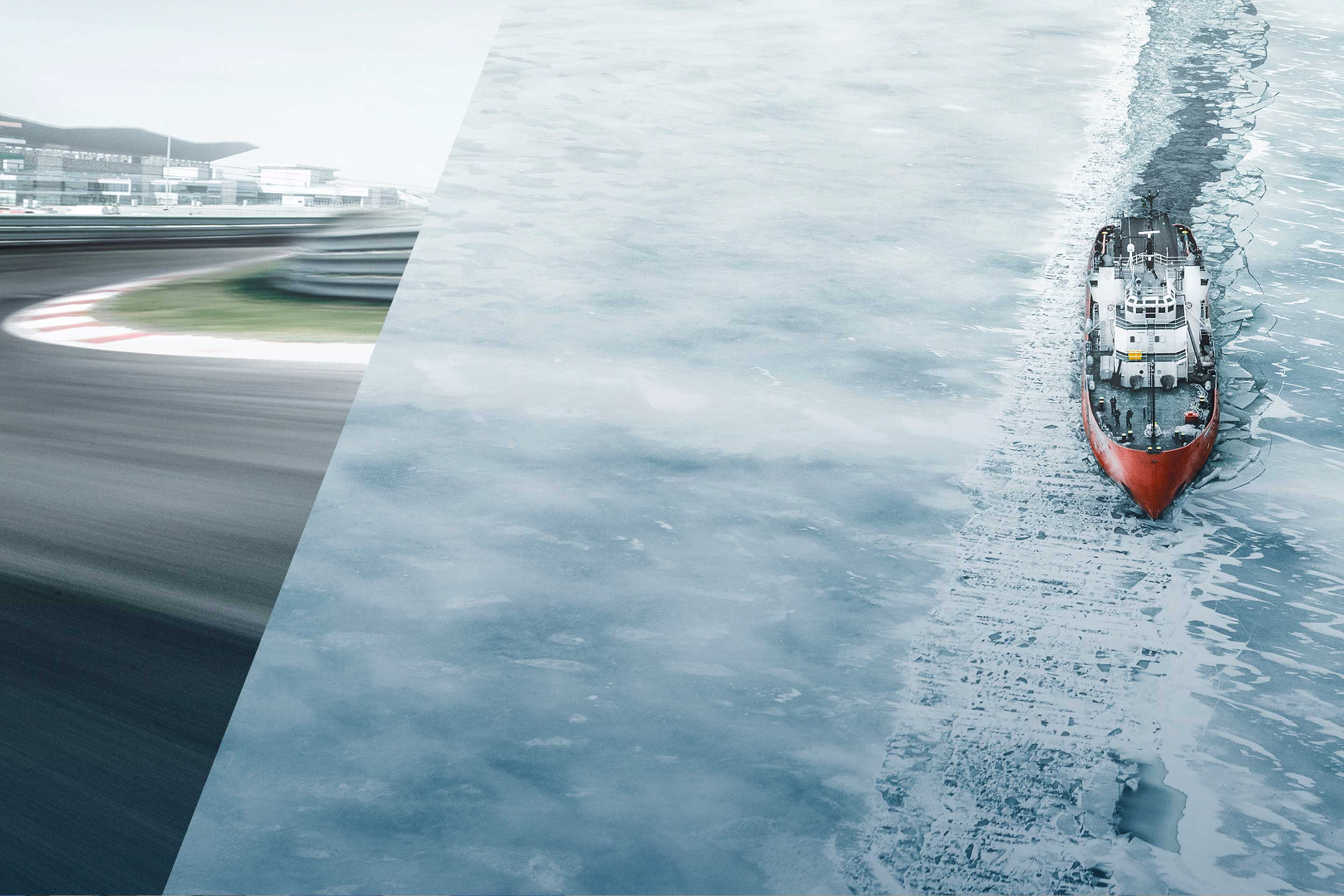In our last article on additive manufacturing, we looked at how the process can lead to a greater freedom of design and more innovative experimentation. This week, we’re examining the more technical aspects of additive manufacturing alongside its application in the world of Formula One.
Additive Manufacturing and F1.
The C42 – Alfa Romeo F1 Team ORLEN’s car this year – is an engineering experiment on wheels: a work of constant innovation, using every technology and technique available to go just that little bit faster. And it’s fast.
The C42 car can accelerate from 0 – 60 (95.5kmph) mph in just under 2.6 seconds and reach peak speeds upwards of 220 mph (360kmph). The driver races at these velocities in an open cockpit with only a few centimetres separating them from the rushing racetrack beneath them.
Weighing 759kg and measuring less than 5,500mm in length, the car is meticulously crafted, with every square inch being assessed and agonized over months before a single piece is ever physically constructed. In the build-up to and throughout the F1 race season, Sauber Group’s engineers constantly draw on the services of an increasingly essential technology: additive manufacturing, AKA 3D printing.
Over 150 components on the C42 are made through additive manufacturing. That number is down from last year’s C41, which had 304 3D printed parts. This is due to recent FIA (F1’s governing body) rulings that have restricted where these parts can and cannot be used on an F1 car.
Yet while the overall number of parts has been reduced since 2021, the amount of 3D printed material in the car has almost doubled, largely because Alfa Romeo F1 Team ORLEN has started using 3D printed components for more critical parts of the car’s internal structure.
How does additive manufacturing work?
Alfa Romeo F1 Team ORLEN and Sauber Group use additive manufacturing to gain time, flexibility and efficiency in the F1 innovation race. Accelleron is increasingly applying the technology for much the same reasons, and collaborating with Sauber Group to further integrate 3D printing into its design and manufacturing process:
“Additive manufacturing plays an important role in product development,” said Alessandro Zucchelli, Head of Design & Engineering Advanced Technology Development at Accelleron. “Through the years, we’ve gained important knowledge on the use of 3D printing for accelerating the prototype phase as well as reducing lead times on critical component delivery.”

As well as the physical printing, two additional technologies form the additive manufacturing process. A 3D printed component will begin its life as either a CAD (computer aided design) file or a 3D scan:
CAD (computer-aided-design) uses high precision programming to create, modify, and optimize the design of a component’s digital counterpart. This allows for the hyper realistic modelling of real-world objects like turbocharging components or F1 parts. These designs can then be assessed and even simulated – all before they’re manufactured.
3D scanning works by scanning a real-world object using a variety of sensors and tools, allowing for a precise 3D digital model to be constructed. The process enables engineers at Accelleron to 3D scan legacy parts and re-manufacture them decades after their original production run.
“Software developments have brought a greater depth of insight into printability and material properties, strengthening our confidence in component robustness,” explains Zucchelli. “This in turn allows us to explore alternative designs, challenge component architecture and explore new boundaries. Things we’d traditionally thought of as cost ineffective.”
Once a digital design has been finished, it needs to be “sliced” into layers. A 3D printer can’t “think” in 3D, so each layer needs to be visualised successively to be printed, like a series of stacked blueprints.
Once printed, a component might be sanded out or smoothed, but the process is essentially finished. And it is exactly this speed and simplicity that makes additive manufacturing so attractive to engineers. Yet the process offers further qualities.
“The greatest advantages that come from 3D printing are in the development of the digitalisation aspects, manufacturing speeds, accuracy and material know-how,” says Zucchelli. “We’re currently working on applying additive technologies to the next generation of turbocharger products, where the use of additive manufacturing allows us to reduce component weight, as well as increase thermal resistance. These two drivers allow us to go beyond current material and design limitations – opening up entirely new development opportunities.”














